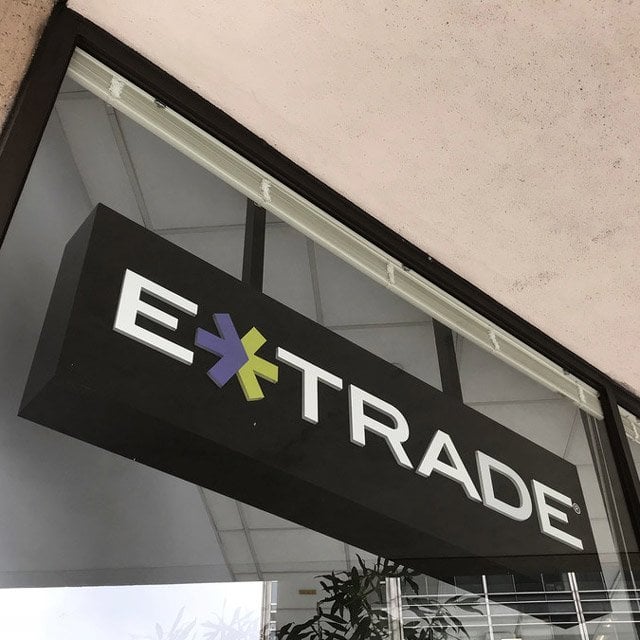5 Best and 5 Worst Performing S&P 500 Index Funds: Morningstar
Related: Will the SEC Ban 12b-1 Fees?
Despite their names, not all S&P 500 index funds are alike. Consider this: over the 10-year period from January 2011 through December 2020, the S&P 500 index funds in the top 10% of performance delivered a cumulative return of 265%, while the bottom 10% had a cumulative return of 225% over the same period, according to John Rekenthaler, vice president of research for Morningstar. On an initial investment of $10,000, that correlates to $26,500 in gains for the top-decile funds versus $22,500 for the bottom-decile funds, or a $4,000 difference, equivalent to 1.3 percentage points per year. "Now that's real money," writes Rekenthaler in a recent Morningstar report. The major reasons for the difference: fees and tracking error. Rekenthaler sorted through 64 S&P 500 index funds — 60 mutual funds and four ETFs. He found that 10% of funds had an average expense ratio of 0.09% over the 10 years of the study; the bottom 10%, a whopping 1.23% (the median fee was 0.45%.) The worst performers were all C share classes, which had ongoing 12b-1 fees topping 1%. For each calendar year, Rekenthaler added each fund's total return to its expense ratio to compute its before-cost performance and compared that result with the return of the S&P 500 to find any error in tracking the index. He then added each year's tracking error and divided it by 10 to arrive at the fund's average tracking error. The top performing funds had an average tracking error of 2 basis points; the bottom 10%, 28 basis points. One in five funds had an annual tracking error above 15 basis points. Check out the slideshow above to find the five best and five worst performing S&P 500 index funds over the 10 years ended Sept. 30, 2021, according to Rekenthaler's report, which assigns a score incorporating all three variables. We present the five worst first, then the five best. Note that the current expense ratios of almost all the top-performing funds are lower than the average over the past 10 years. Schwab's S&P 500 fund, for example, has an expense ratio of 0.02%, and iShares' Core S&P 500 ETF has a 0.03% fee — both cheaper than the Vanguard 500 Fund Admiral shares, which charge 0.04%. Most of the worst performers have also cut their fees by a basis point or more, but Nationwide actually increased theirs to 1.27%, according to the fund's website. (Image: Shutterstock)
© Touchpoint Markets, All Rights Reserved. Request academic re-use from www.copyright.com. All other uses, submit a request to [email protected]. For more inforrmation visit Asset & Logo Licensing.
Featured Resources
View All
Sponsored by Axos Advisor Services
Integrated Banking Solutions: How To Enhance Client Services and Grow Your Business

Sponsored by Optifino
Three Macro Trends Impacting Long-Term Care: Trends, Solutions & Client Conversations

Sponsored by Vanilla
The Missing Piece: Why Advisors Who Skip Estate Planning are Failing Their Clients

Sponsored by Manulife John Hancock Investments
Staying Patient and Positioned for Opportunity in the Bond Market






